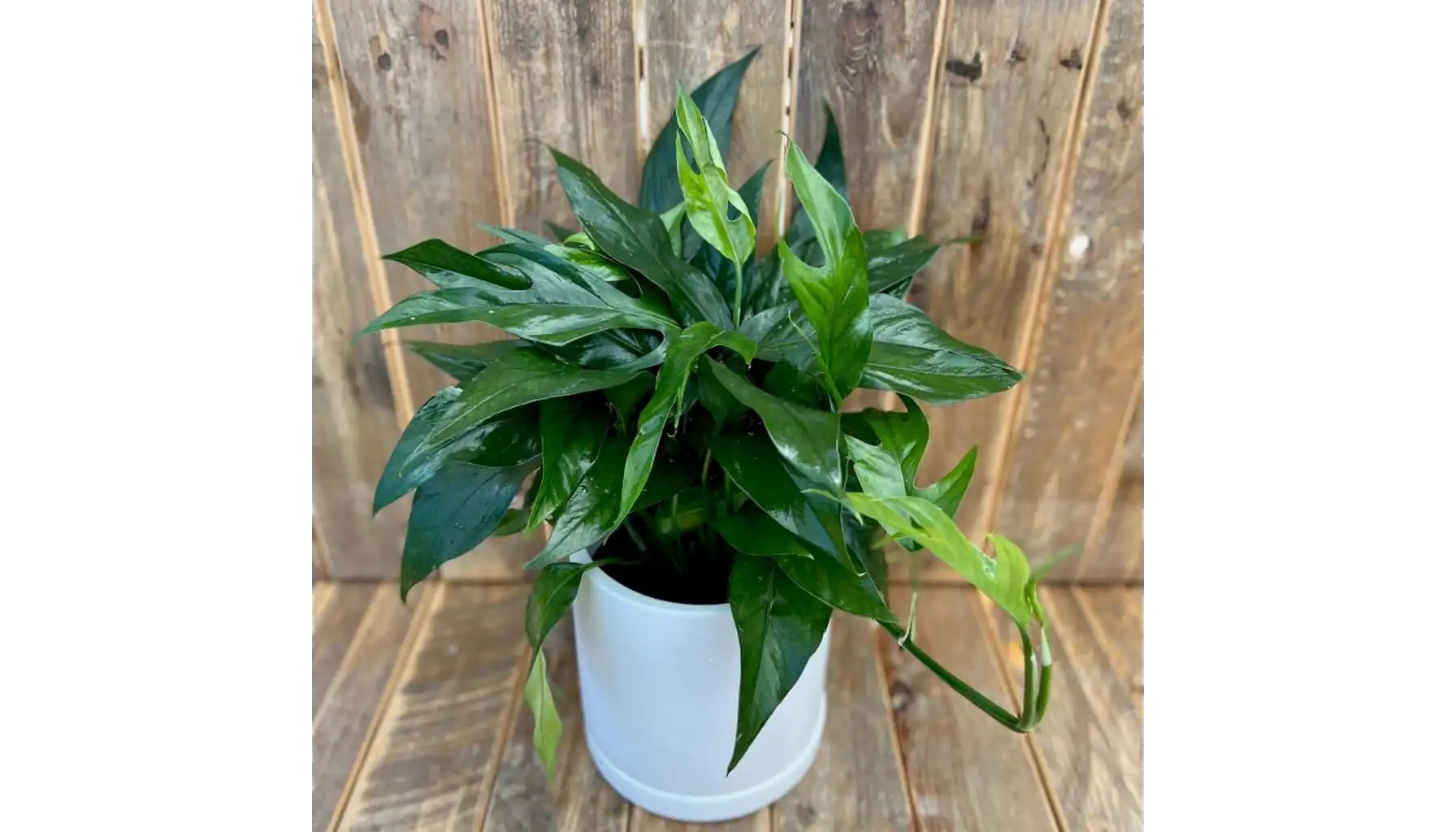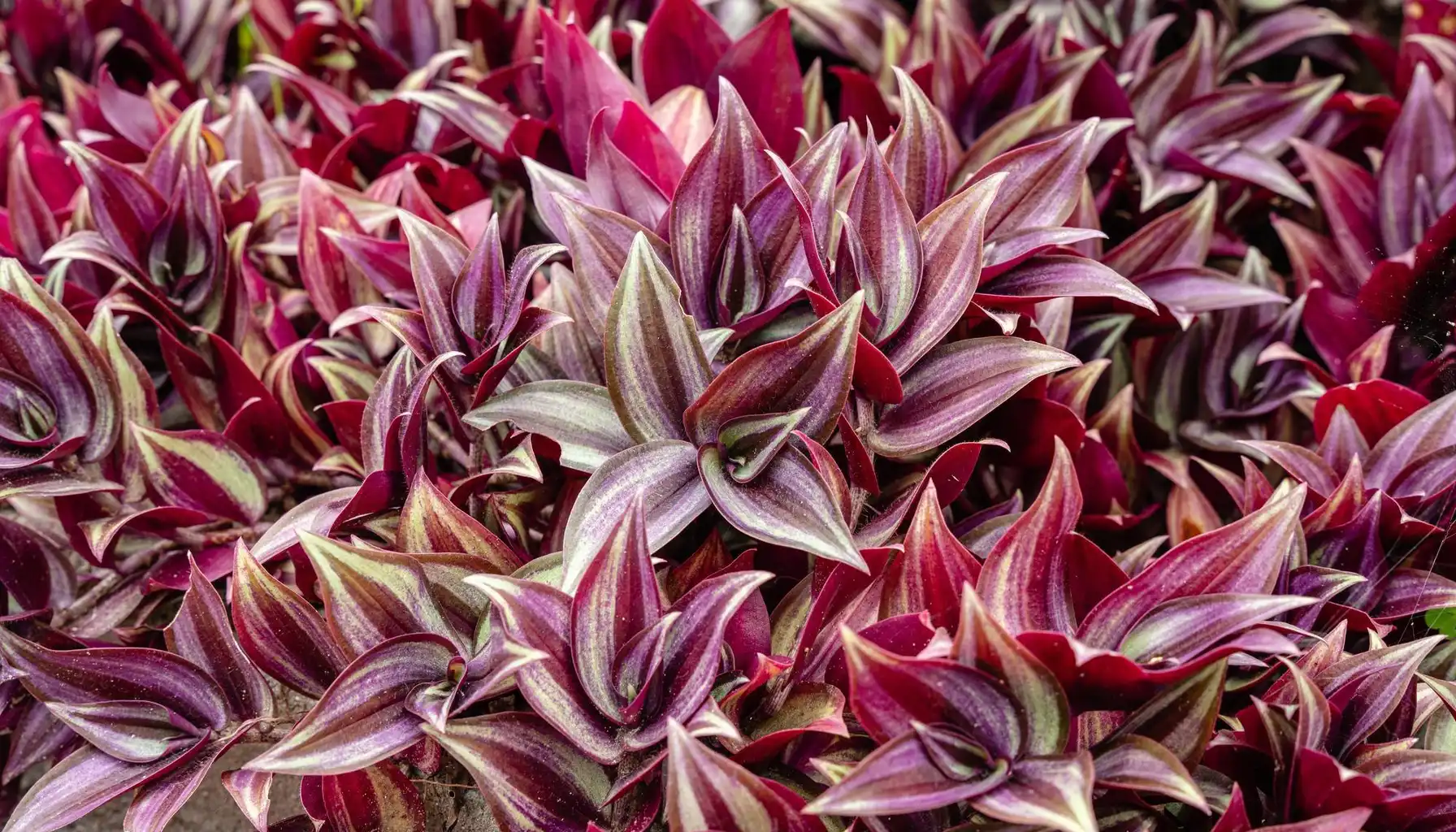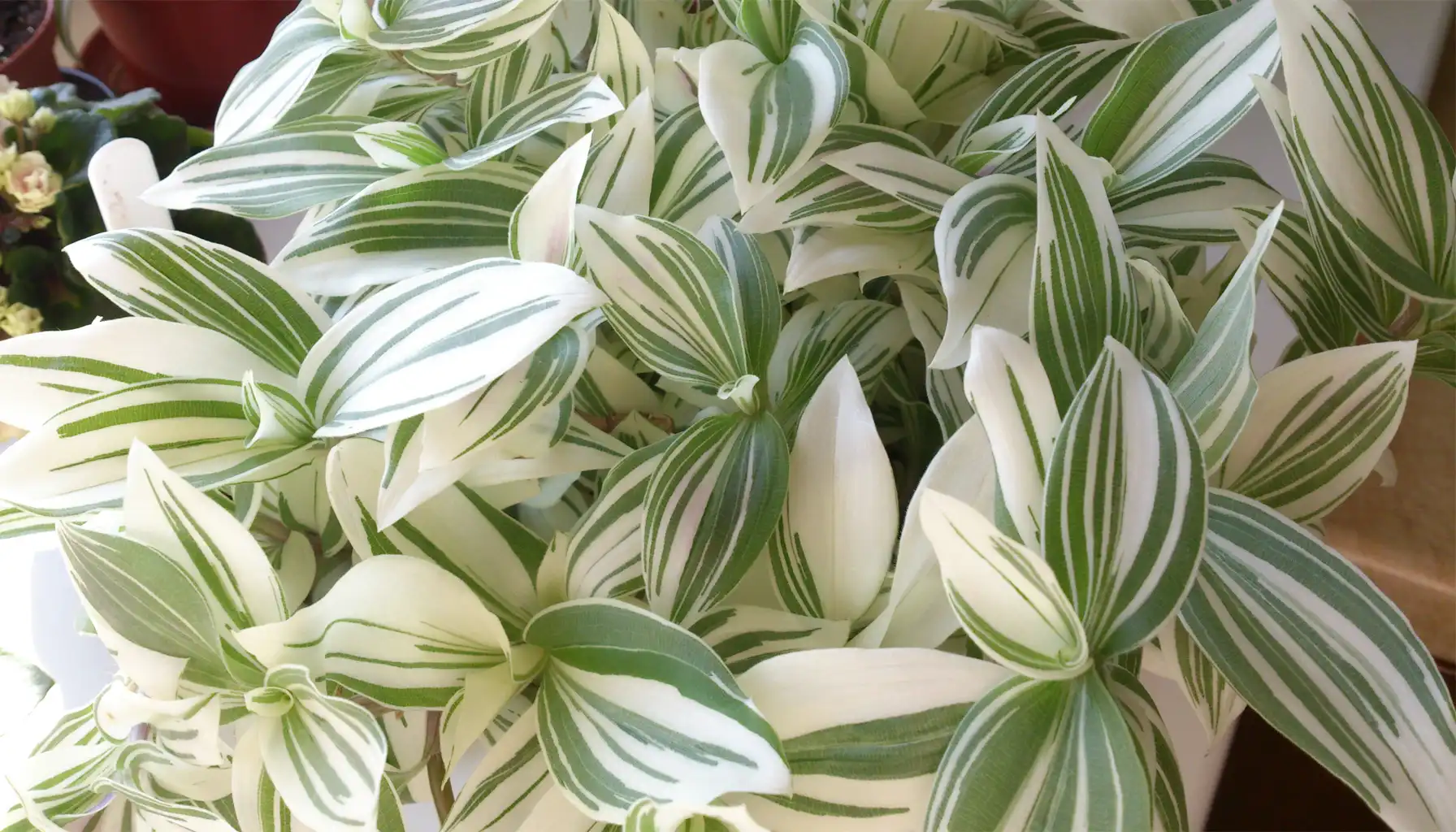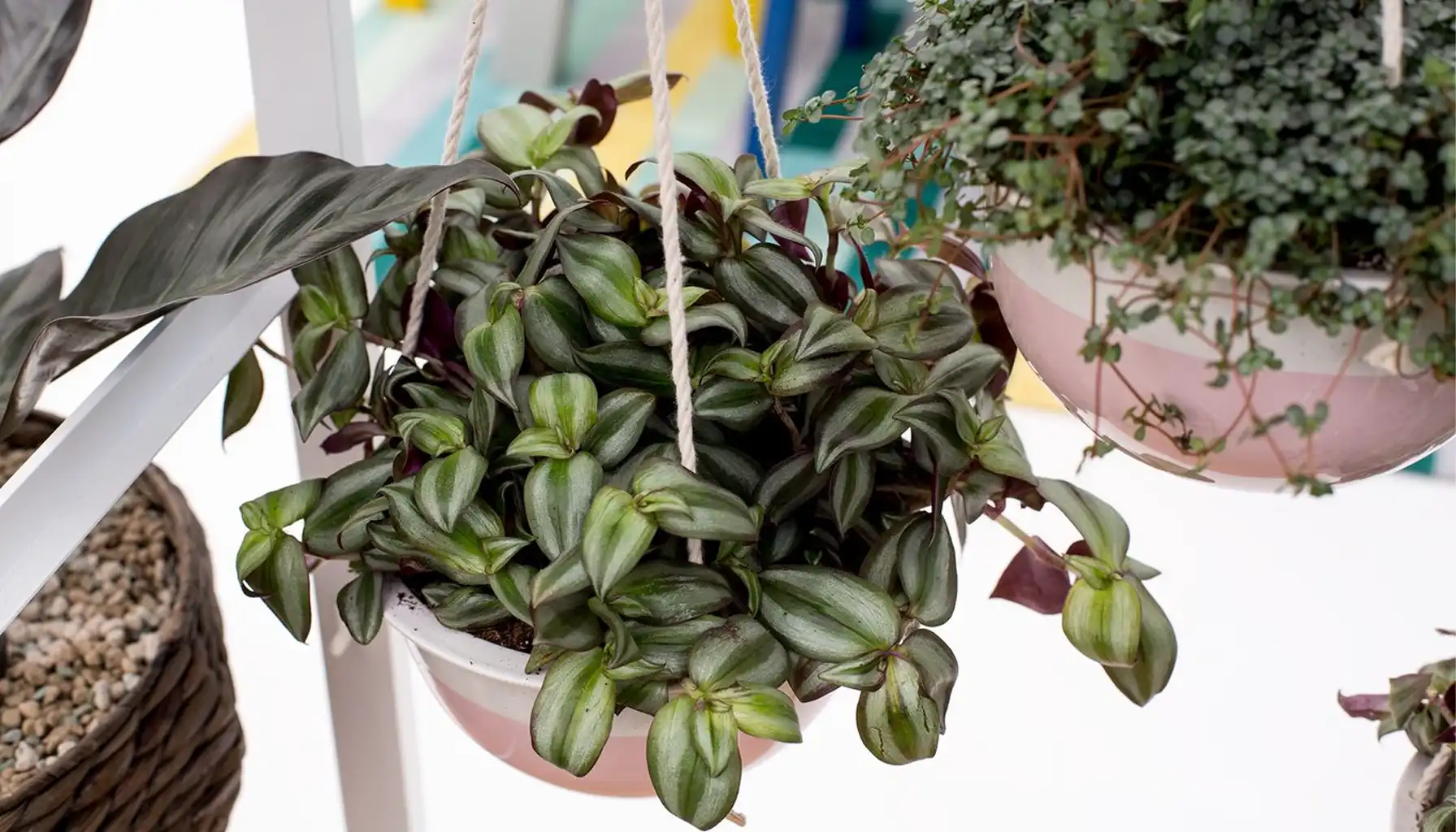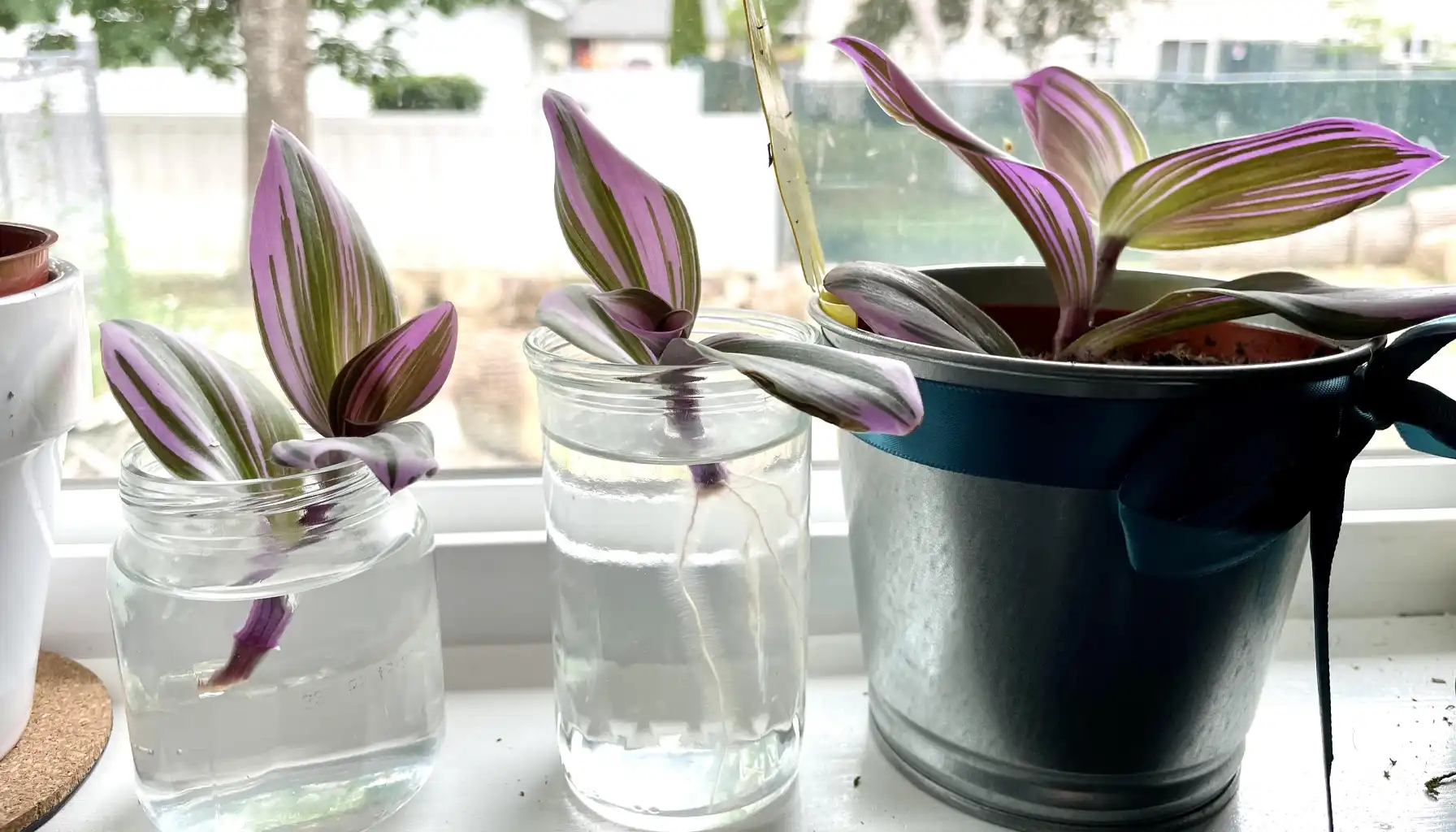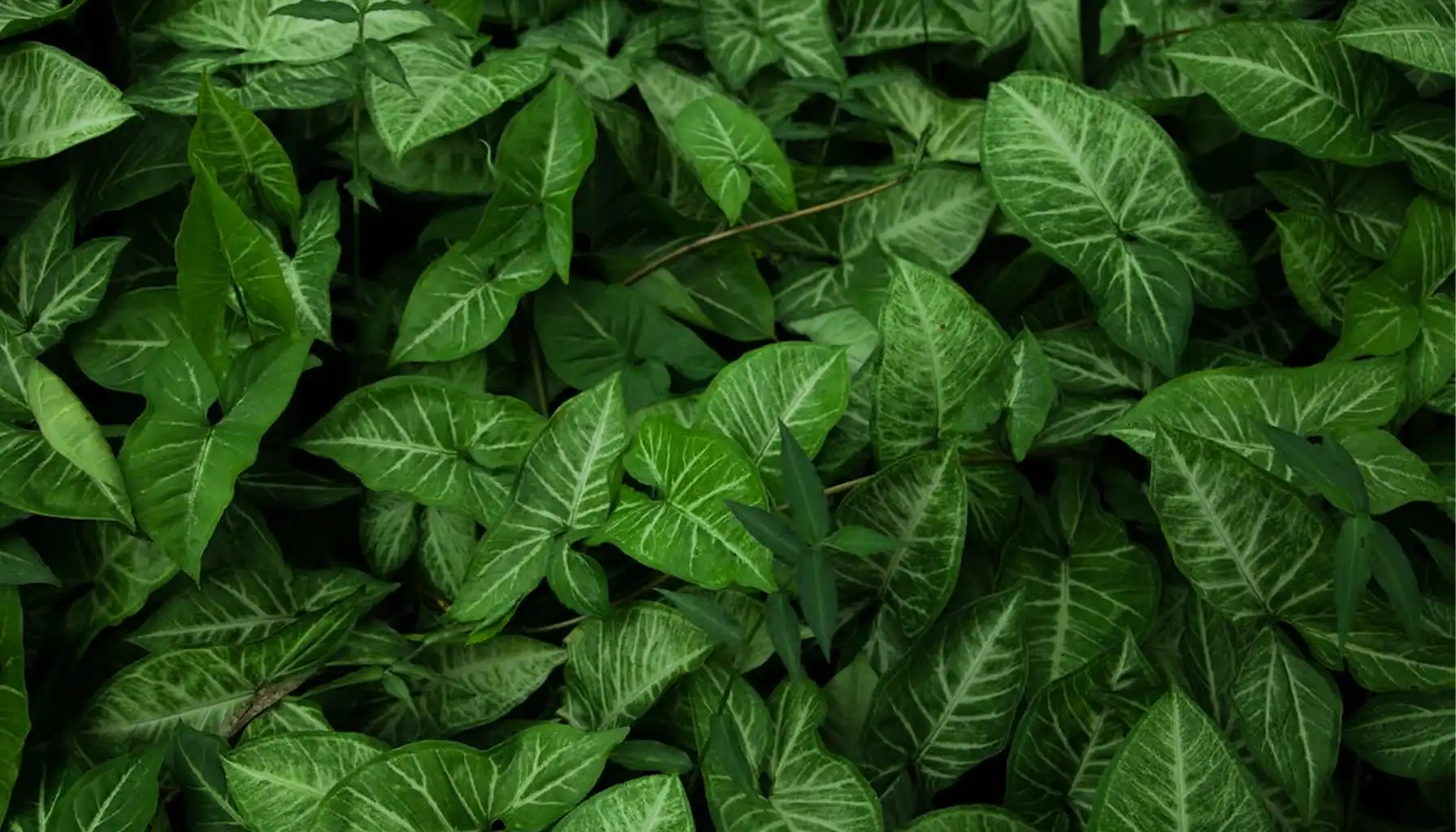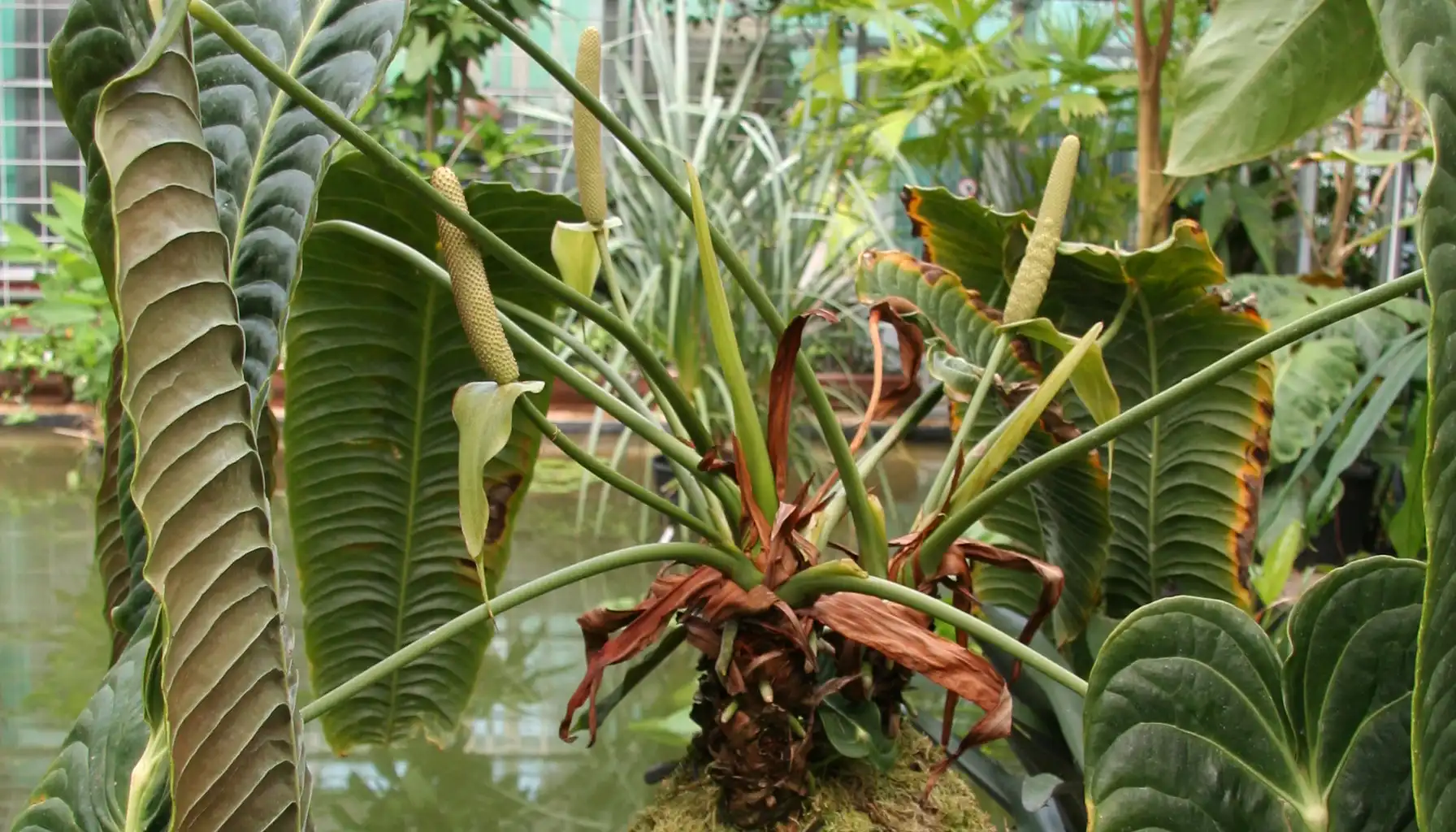The world of flora is like a book – open to all who seek to explore it, yet barely may they comprehend the essence of its path. Across the ages, humans have adopted countless plant species for functional, medicinal, and decorative purposes, not to mention. The more they cultivated, the more intricate the relationship between humans and plants grew.
Among the many natural creations that have found a place in homes and gardens worldwide, one may notice a peculiar plant with a great history, controversial names, and, most importantly, a beautifully arranged structure. So, what is wrong with the Wandering Jew plant name? What does this plant look like? And how can a flower identifier enhance your gardening experience for good?
Botanic Basics: The Wandering Jew Plant Benefits and Traits
Tradescantia, often referred to as the white/pink/purple Wandering Jew plant meaning a reference to a historical legend, is a genus of herbaceous perennials (ornamental plants) that are appreciated because of their fast growth habit, trailing stems, and rich, lush foliage. Originally, this accumulation of species is native to the Americas (from southern Canada to Argentina), i.e., woodlands, open fields, and forest edges in particular.
Let us briefly cover its memorable appearance. The plant Wandering Jew has a few distinctive features that may help one identify this species right on the spot. Its stems are typically succulent or semi-succulent, with the leaves ranging from lance-shaped to blade-like. As for the foliage, it varies in color depending on the species: purple, green, and silver (T. zebrina); solid green or deep violet tones (T. fluminensis, T. pallida).
“There are always flowers for those who want to see them”. In general, they are small but still impressive, with three petals and different colors (from purple and pink to silver and green Wandering Jew plants).
Types and Common Species
According to scientists, the entire genus comprises over 80 species, with the most common being:
Tradescantia zebrina (purple and silver-striped leaves)
Tradescantia fluminensis (a glossy green variety, used as ground cover)
Tradescantia pallida (deep purple foliage)
Tradescantia spathacea (boat-shaped bracts enclosing small white flowers)
Quickly about the Benefits
But what about the benefits of the pink Wandering Jew plants and the rest? Gardeners do prefer incorporating tradescantia, thanks to its resilient nature, fast-growing habit, and aesthetic appeal. Nonetheless, there are a few more advantages of having such a floral creation at home. First of all, these may boast air-purifying capabilities, i.e., they do filter out certain volatile organic compounds (VOCs) from the environment.
Besides, they are easy to propagate, and those who need to understand how to take care of a Wandering Jew plant might be glad to know that these species may smoothly adapt to both indoor and outdoor environments when approached appropriately, though.
The Main Characteristics |
Scientific Genus | Tradescantia |
Common Names | Wandering Jew, Inch Plant, Spiderwort, Wandering Dude |
Plant Type | Herbaceous perennial (may be grown as an annual in cold climates) |
Growth Habit | Trailing, spreading, or climbing stems (30 to 60 cm in height) |
Leaf Shape & Size | Lanceolate or blade-like; 3 to 45 cm long |
Leaf Colors | Green, purple, silver, pink (variegated patterns common) |
Flowers | Small, three-petaled; White, pink, purple, or blue with yellow anthers |
Toxicity | A mildly toxic plant to pets* |
USDA Hardiness Zones | 9-11 |
Native Range | Southern Canada to northern Argentina and the West Indies) |
*Is a Wandering Jew plant poisonous to dogs and cats? This question has been profoundly studied, and it has been revealed that such natural creations should be avoided if the territory is inhabited by pets and small children who cannot be controlled all the time.
Firstly, The Mystery of the Name
The Wandering Jew plant name meaning has long been associated with several species within the genus and reflected a mythological reference, though it can be considered rude and unethical to use. As such, the name originates from a medieval Christian legend which involves a mythical figure condemned to wander the Earth until the Second Coming. Over time, this story was metaphorically linked to the plant’s trailing, spreading growth habit.
However, in recent years, it has become more apparent that such naming can be inappropriate in fact. Many now consider it outdated or potentially offensive, leading to the adoption of more inclusive alternatives such as “wandering dude”, “inch plant”, or simply referring to the plant by its scientific name.
Toxicity Matters: Is Wandering Jew Plant Toxic to Cats & Dogs?
One of the most concerning aspects of gardening is the toxicity potential of certain species. One should be aware of how toxic this or that plant is in order to keep their loved one safe around it. So, is a Wandering Jew plant poisonous to cats and dogs? Yes, indeed. Some cultivars can be mildly toxic to pets.
To be more precise, contact with the sap may cause skin irritation, redness, or itching, especially on paws or around the mouth, but ingesting it can lead to more severe consequences like gastrointestinal upset and lethargy. Nonetheless, it is not a highly poisonous species, but keeping it out of reach is still vital, since allergic reactions are also possible.
Indoor Wandering Jew Plant Care: Ideal Growing Conditions
Growing conditions mainly depend on the environment. So as to support optimal growth of a Wandering Jew house plant, it is vital to recreate or mimic the natural habitat and support it with suitable lighting conditions, controlled watering practices, suitable substrate composition, and consistent humidity and temperature levels.
Requirements |
Light | Bright, indirect sunlight is needed. Excessive shade leads to faded foliage. Direct sunlight may cause photodamage or leaf scorching. |
Watering | Maintain moderate soil moisture. Irrigate when the upper 2–3 cm of soil is dry. Avoid prolonged saturation to prevent root rot. |
Soil | Utilize a well-aerated, free-draining potting mix, ideally composed of peat, perlite, and organic matter to ensure proper root development. The ideal soil pH range is between 5.5 and 6.5 (i.e., slightly acidic). |
Humidity | Maintain ambient relative humidity between 50–60% or higher. Insufficient humidity may result in browning leaf margins. |
Temperature | Optimal growth occurs within the range of 15 to 27°C (59 to 80°F). Exposure to temperatures below 10°C (50°F) should be avoided to prevent stress or damage. Fluctuations are also fatal. |
Related article: Soil Control: The Importance of pH Adjustment in Agriculture
Wandering Jew Plant Outdoors: What Does It Need?
It is a slightly different situation when one wishes to learn how to care for a Wandering Jew plant outdoors. Specifically, the limitations of indoor growing do not relate to those of outdoor gardening, since such conditions are barely manageable and easy to change. Nevertheless, here is a table reflecting efficient Wandering Jew plant care outdoors.
Requirements |
Light | The most appropriate environment should have partial shade to filtered sunlight. Plants may tolerate morning sun, but prolonged direct exposure, particularly in hot climates, can lead to leaf scorching. |
Watering | Provide consistent moisture, particularly during dry spells. Soil should be kept lightly moist but not waterlogged. Irrigation should be reduced during cooler months. |
Soil | Prefers rich, well-drained soil with moderate organic content. Loamy or sandy soils amended with compost are suitable. Avoid heavy clay substrates prone to water retention. |
Humidity | Thrives in environments with moderate to high ambient humidity. In arid regions, supplemental humidity or mulching may be beneficial. |
Temperature | Best suited for USDA Hardiness Zones 9-11. The plants are frost-sensitive and should be overwintered indoors in cooler climates. |
Site Protection | Choose a location sheltered from strong winds, which can damage stems and desiccate leaves. Prefer raised beds or elevated/container sites with good drainage. |
See also: How Often Should You Water Your Plants? A Seasonal Guide
How to Propagate Wandering Jew Plant in Water, Soil, and More
Tradescantia is one of the easiest houseplants to propagate. The most common method is via stem cuttings, which root quickly in both water and soil. Here are two ways of Wandering Jew plant propagation, which can be easily mastered and implemented on the spot:
Propagation in Water
Selection of Material: Choose a vigorous, non-flowering stem approximately 10-15 cm in length with healthy leaf nodes present.
Preparation: Make a clean incision below a node with the use of sterilized pruning shears.
Root Initiation: Submerge the basal nodes in a transparent vessel of dechlorinated water and make sure the leaves remain above the waterline.
Environmental Conditions: Position the container in a location with bright, indirect light and maintain room temperature conditions at approximately 20 to 25°C.
Observation and Maintenance: Replace the water every few days to prevent bacterial buildup.
Transplantation: When roots are finally 2 to 3 cm long, the cutting may be transferred to a suitable potting medium for continued growth.
Propagation in Soil
Medium Preparation: Fill a small container with a sterile, well-aerated potting mix (e.g., blend of peat, perlite, and compost).
Planting Technique: Insert the cutting approximately 2 to 3 cm deep, and let at least one node be buried.
Aftercare: Firm the soil around the cutting, maintain moderate moisture levels, and place the container in bright, indirect light.
Root Development: Roots typically emerge within 10 to 14 days.
Propagation by Layering (Outdoors or in Large Pots)
Stem Selection: Identify a healthy, flexible stem that remains attached to the parent plant.
Positioning: Gently position a node in direct contact with the soil surface and position it with a biodegradable pin or small stone.
Moisture Maintenance: Keep the surrounding soil consistently moist to encourage root formation at the point of contact.
Separation: As soon as the roots are established, the newly formed plant can be severed from the parent and transplanted independently.
Do you find it flabbergasting to remember requirements and keep track of your garden on your own? Appeal to the botanical digital assistants like AI Plant Finder! These usually offer numerous opportunities for gardeners to identify species, diagnose health issues, receive care reminders, and access information about each plant’s needs. Try now and let your garden thrive!
Related AI Plant Finder Posts
